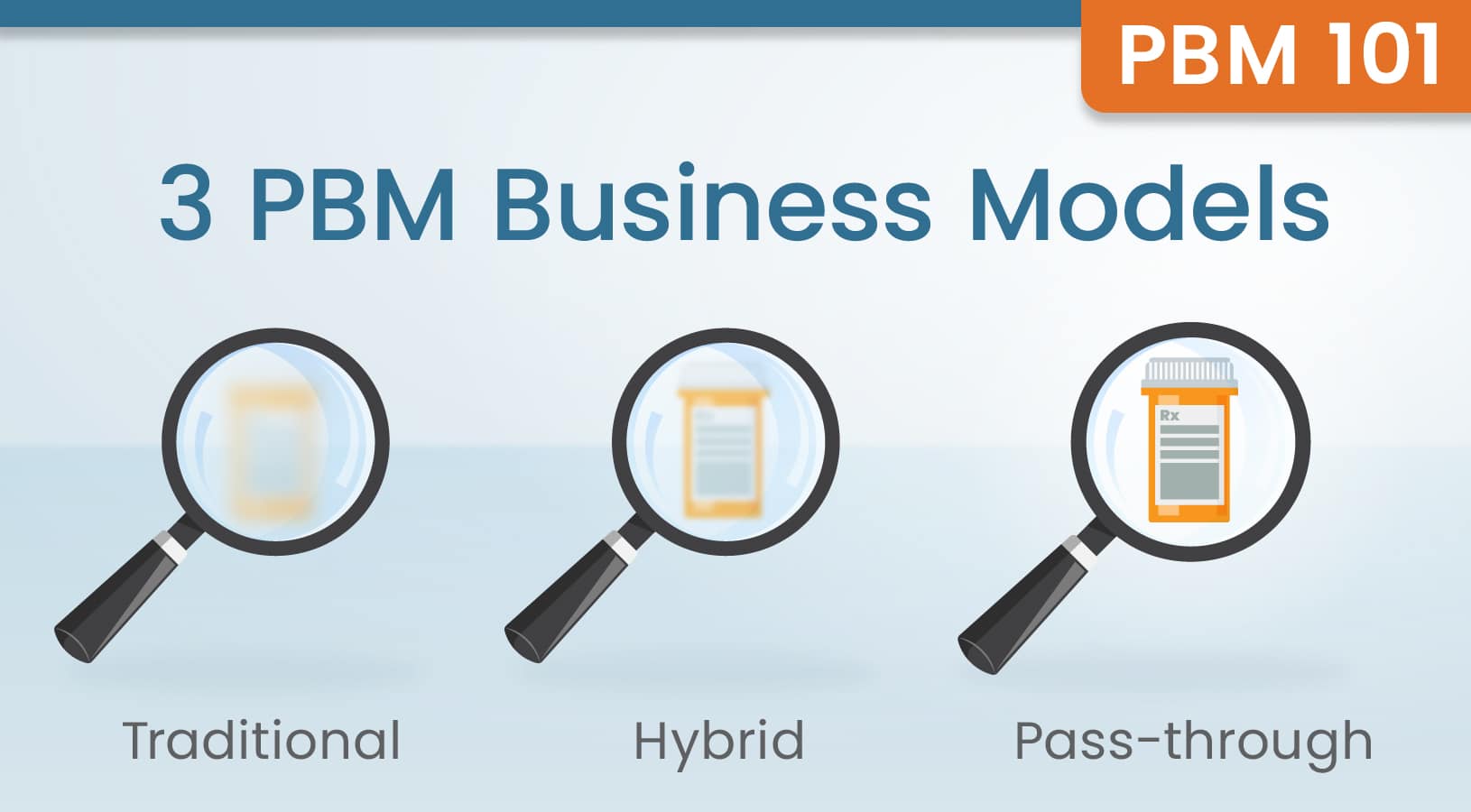Defying Trends: 29% of Employers Cut Prescription Drug Costs in Inflationary Market
In a time when drug prices are skyrocketing, imagine slashing a company’s pharmacy costs by 28% in a single year. Sound impossible? The Texas Association of Counties was able to achieve this by utilizing a pharmacy benefit manager (PBM) with a transparent, pass-through model that’s focused on keeping overall drug prices low. As the Navitus Annual Drug Trend Report reveals, this approach is saving companies millions.
In traditional models, a PBM will create and take margin (“spread”) between what it pays the pharmacy and what it bills the client when members receive a prescription medication under their benefit. This margin creation also occurs with the collection and distribution of rebates, discounts and fees, where the PBM collects more than it passes along to the payor and uses this spread to improve profits.
When PBMs hide the amount of spread they collect, patients have to pay more for drugs, because potential savings are diverted into PBM profits. The Federal Trade Commission recently published an interim report on Prescription Drug Middlemen, highlighting the impact PBMs have on the accessibility and affordability of prescription drugs. We applaud the FTC for shining a spotlight on this issue.
While working in pharmacy benefit management, I’ve witnessed firsthand the challenges plans face in managing rising prescription drug costs. Our report found a 6.8% increase in overall commercial drug spending trend for 2023, with specialty drug spend rising 5.7%, and non-specialty up 7.9%. These trends were due to increasing use of costly brand medications. In particular, the use of non-specialty medications for diabetes and new specialty medications for inflammatory conditions and oncology significantly drove costs. Cost trend is the year-over-year increase in costs and is driven by both more people utilizing a drug plus the unit cost increase of a drug.
While overall trends are up, 29% of our commercial clients saw a decrease in their prescription drug costs between 2022 and 2023, even with increases in both drug cost and utilization. These savings underscore the impact of a transparent, pass-through model in PBM services. Navitus is one of the rare PBMs that publishes a Drug Trend Report using actual cost data.
The report uncovered several key factors driving spending in 2023:
- GLP-1 Medications: These costly drugs, including Ozempic (semaglutide) and Mounjaro (tirzepatide) are primarily used for diabetes management. They were the most significant contributors to increased spending after an explosion in interest from patients. Navitus uses a diagnosis check program to promote on-label use, which reduced prescription orders without a proper diagnosis by 30% for participating employers.
- Targeted Immunomodulators (TIMs) biosimilars: The introduction of adalimumab biosimilars provided up-front cost savings for clients who previously had to pay for brand-name Humira. Total cost was reduced by 20% with savings from biosimilars and Humira rebates passed through to clients. As competition increases in biosimilars, we expect to see further cost reductions and improved transparency in this category.
- Attention-Deficit/Hyperactivity Disorder (ADHD): While a generic version of Vyvanse (lisdexamfetamine), a popular treatment for ADHD, was released in 2023, drug shortages reduced competition and limited the opportunity for cost savings. Product shortages and an increased utilization trend of 3% resulted in an overall cost trend of 4%.
- Specialty Medications: Generic launches in multiple sclerosis (MS) and high generic utilization in oncology offered significant cost-saving opportunities. Generic utilization within the MS category exceeded 60%, including generic options for Gilenya (fingolimod) and Aubagio (teriflunomide). As a result, there was a nearly 20% decrease in overall cost across the category.
Today, traditional PBMs can use vertical integration and co-ownership to obscure profits while keeping drug prices high. In contrast, Navitus’ transparent model directly passes through all rebates so plan sponsors and health plans can see the true cost of brand-name and generic drugs. Clients receive full access to their data – to the individual claim level – enabling them to understand the cost and value of their benefit and optimize it. Navitus customer Texas Association of Counties, found that after switching to Navitus in 2019, the organization has reduced pharmacy costs by $160 million in only five years.
By utilizing strategies that drive to the lowest cost, companies that embrace transparency help reduce drug spend costs for plans and their members. There have been tremendous advances in care due to the release of new drugs. It’s our job to do everything we can to make these drugs affordable by not adding cost to the system, so that patients can access them. In the end, we believe that plan sponsors that embrace transparency today will be best positioned to reap the rewards of lower costs and healthier members tomorrow.

MORE ABOUT DAVID
David Fields is the President and CEO at Navitus Health Solutions. He provides enterprise leadership and strategic direction for Navitus, collaborating with the executive management team to maintain Navitus strategic plan and to develop and direct its goals, policies and execution. David has held leadership positions on a number of boards, including the American Heart Association, American Red Cross, Labor-Management Council and the National Conference of Christians and Jews.
Stay Informed and Connected
Receive expert insights, healthcare tips, and important updates on pharmacy benefits, drug recalls, and more—straight to your inbox.
Examining Trends that Drive Informed Decisions
Now Available: 8th Annual Drug Trend Report
See the latest results and access industry insights you need to navigate current trend drivers.








